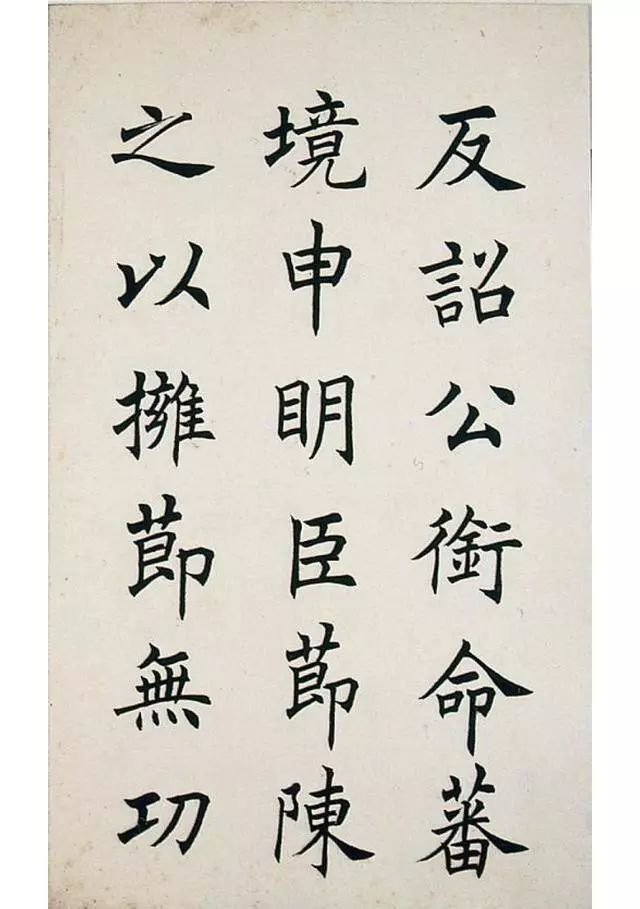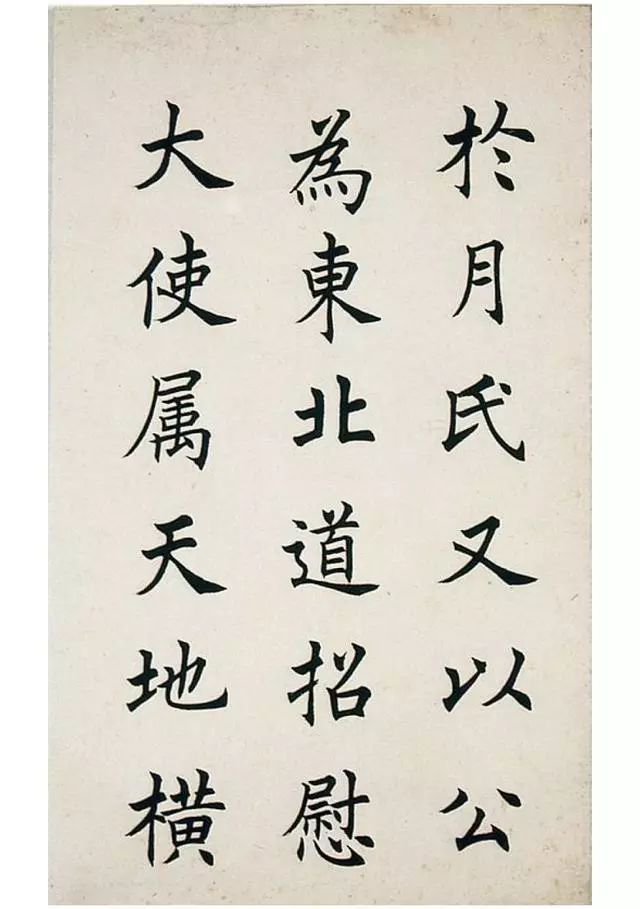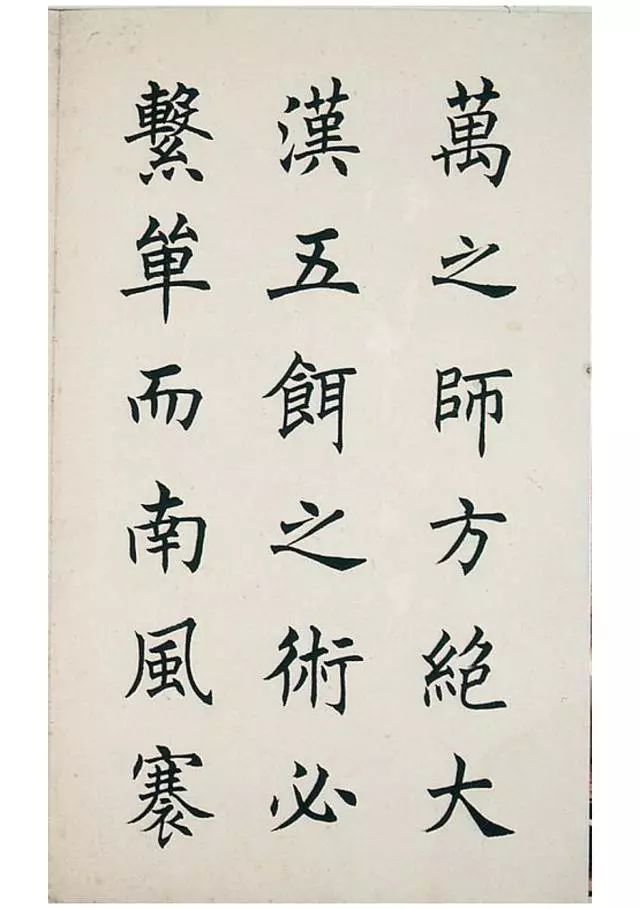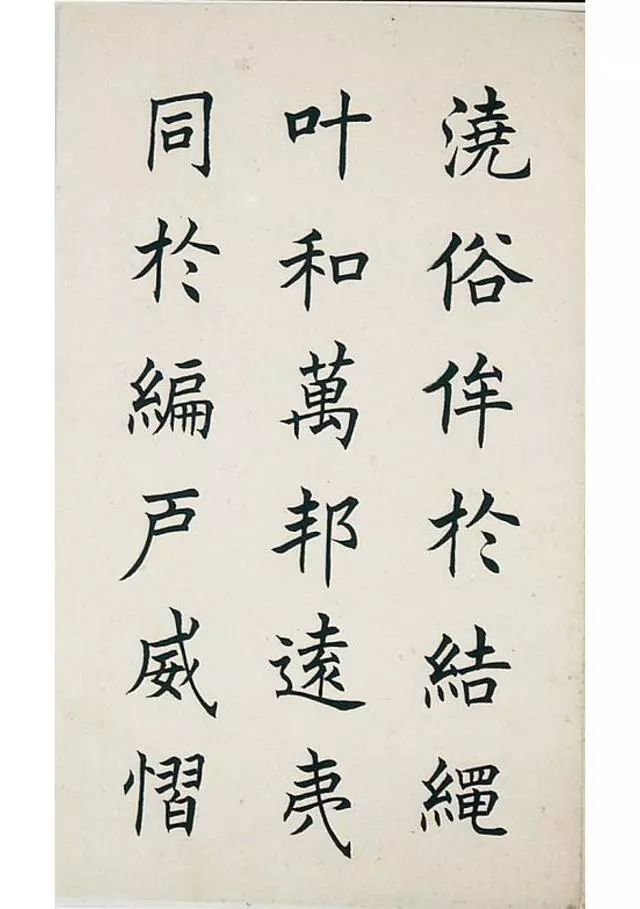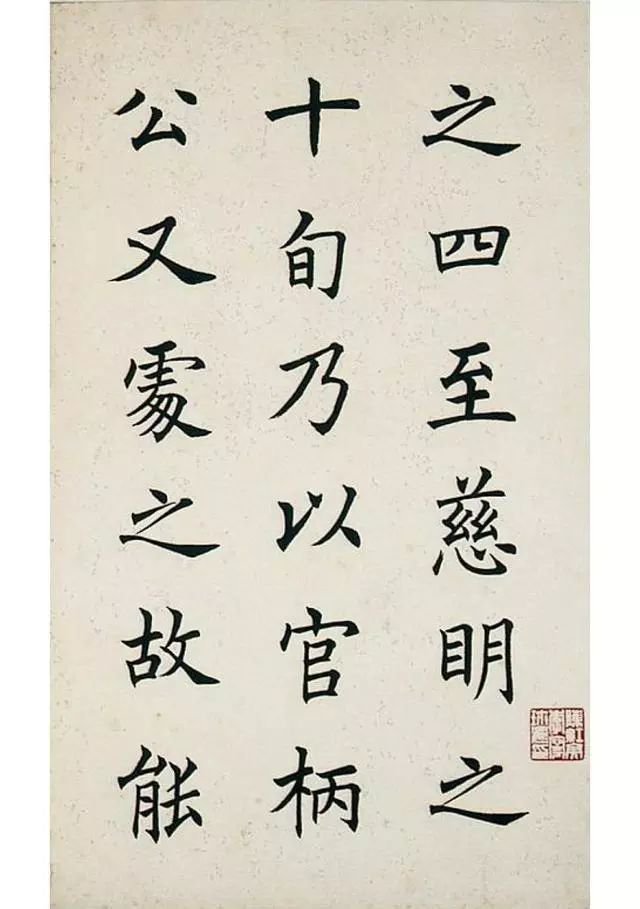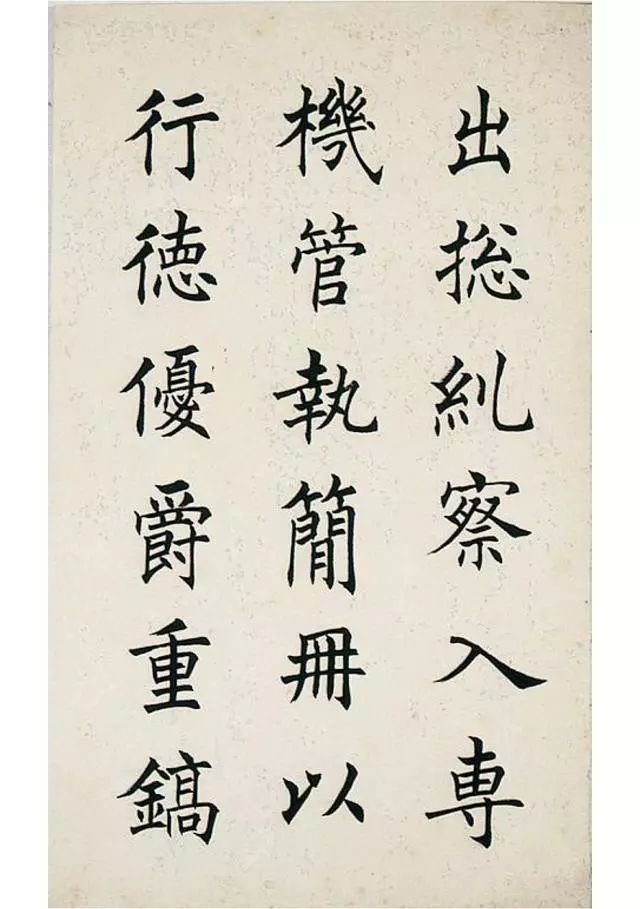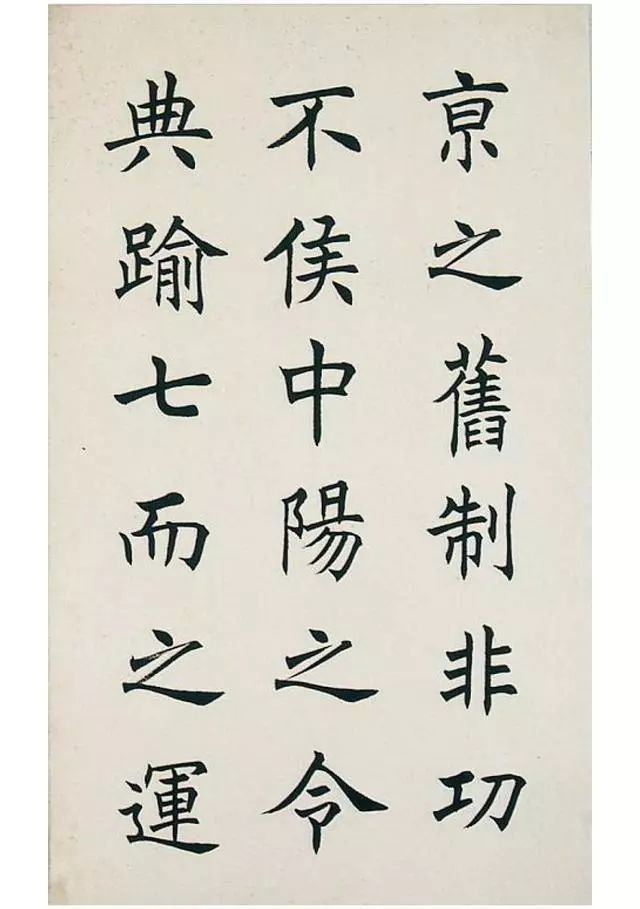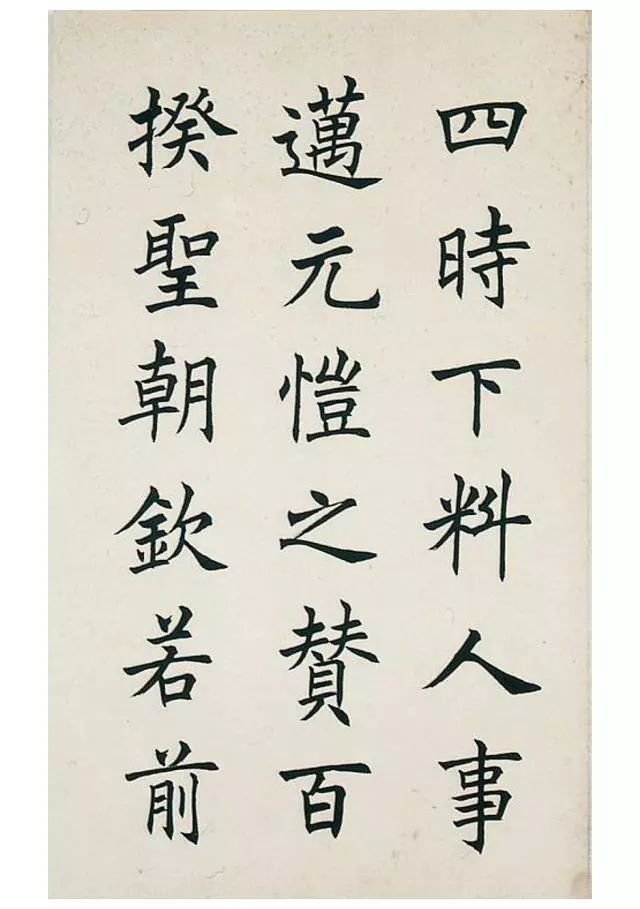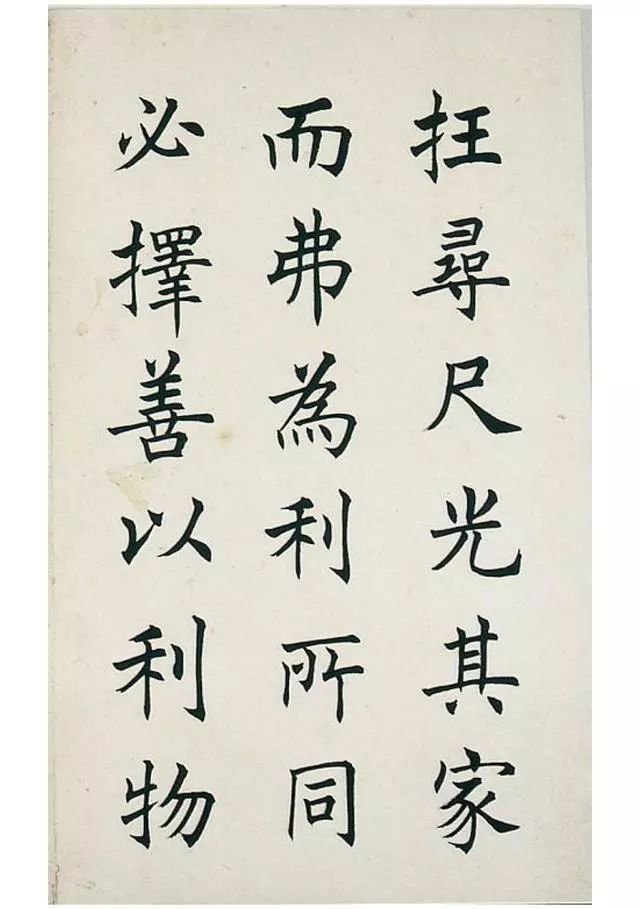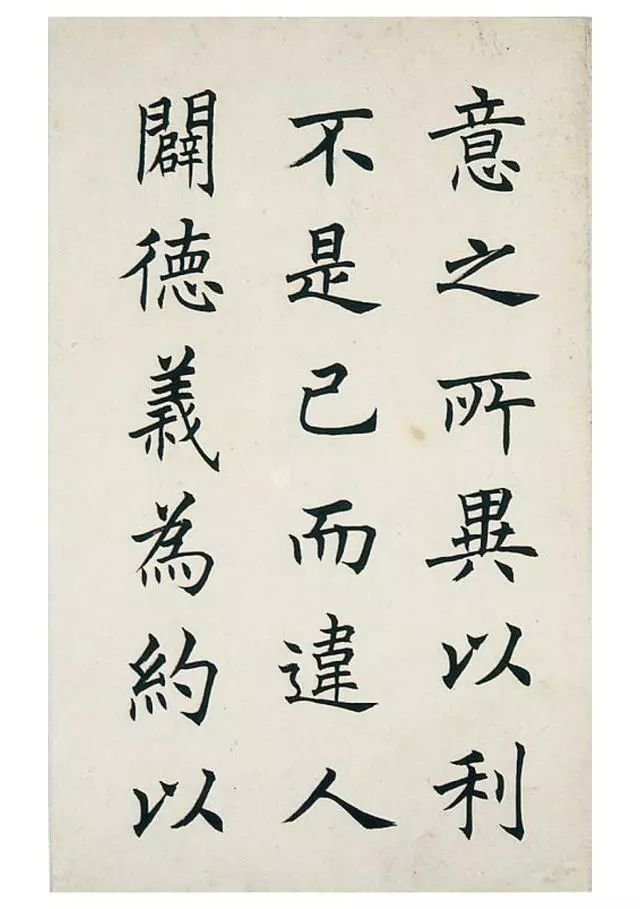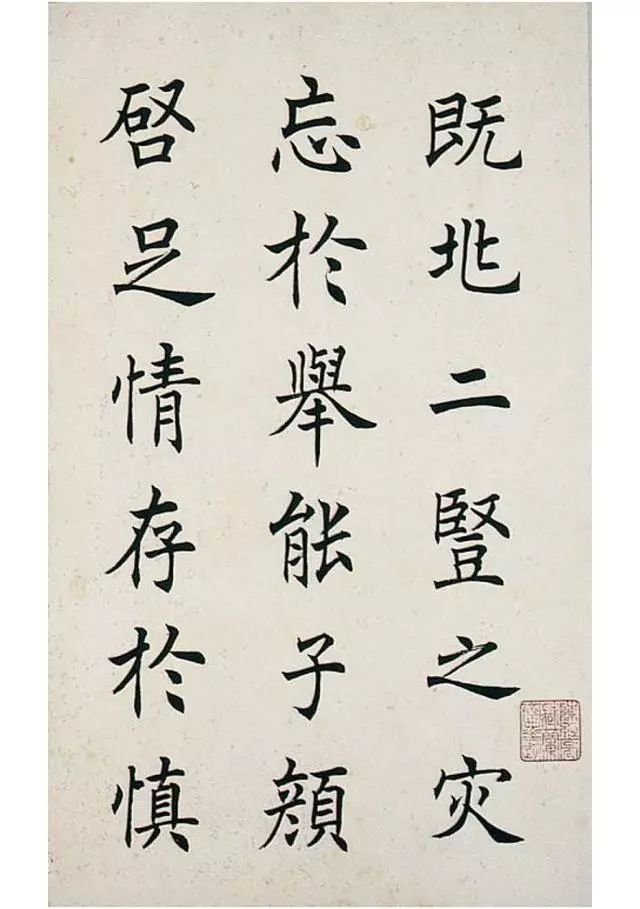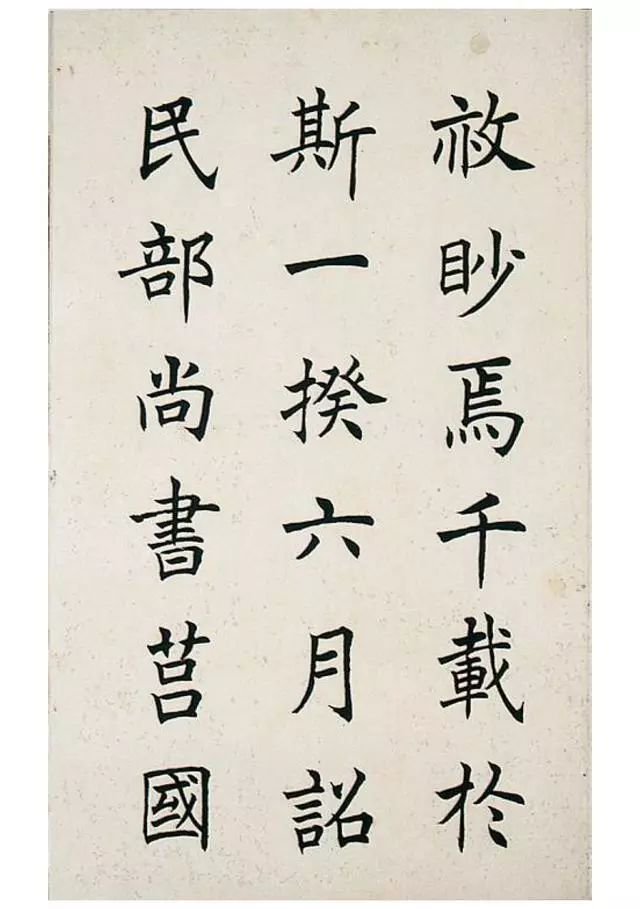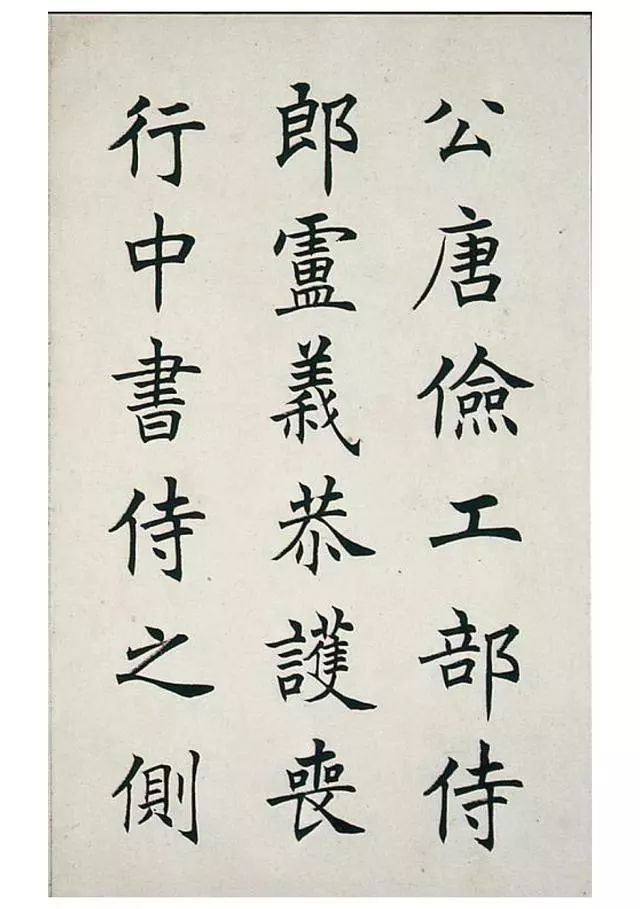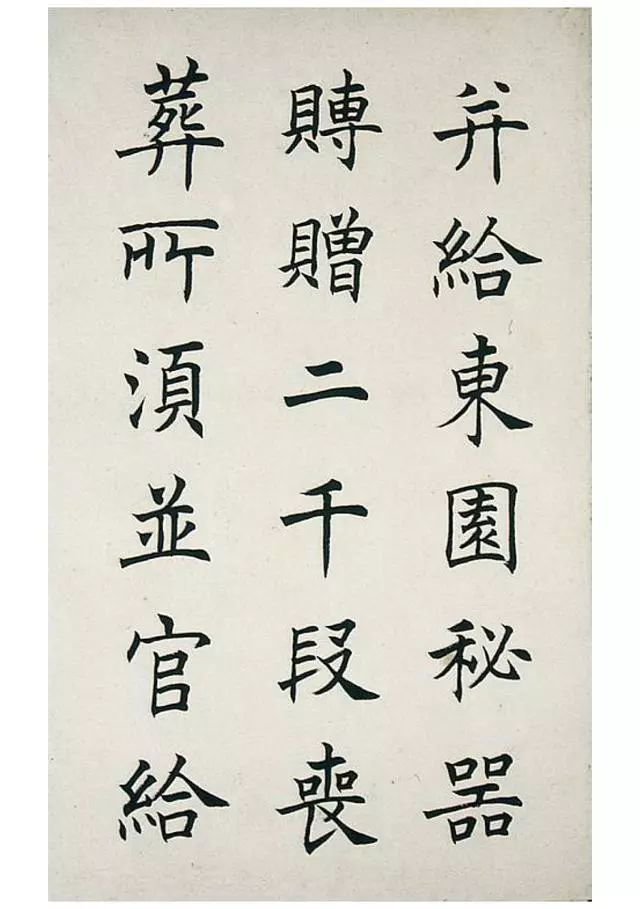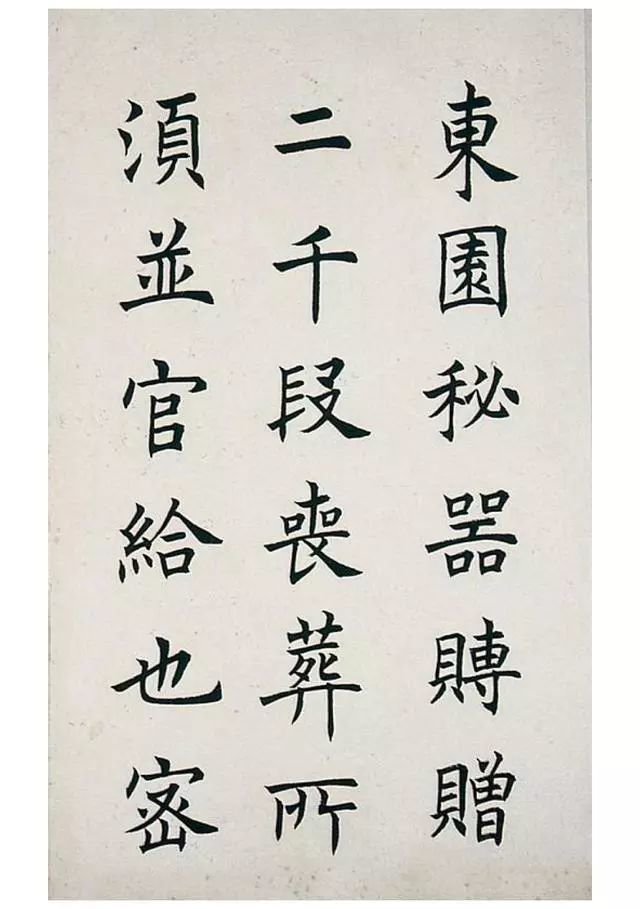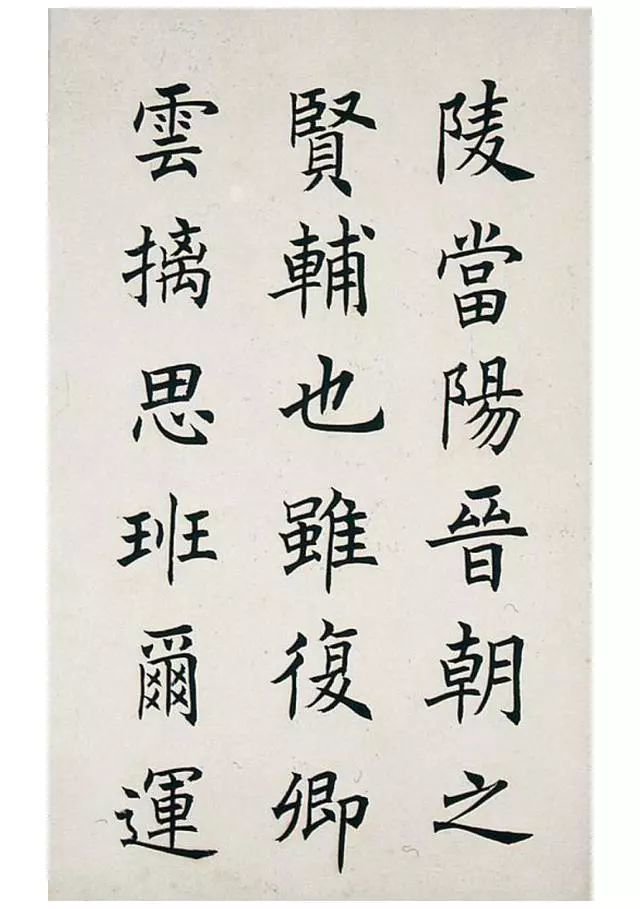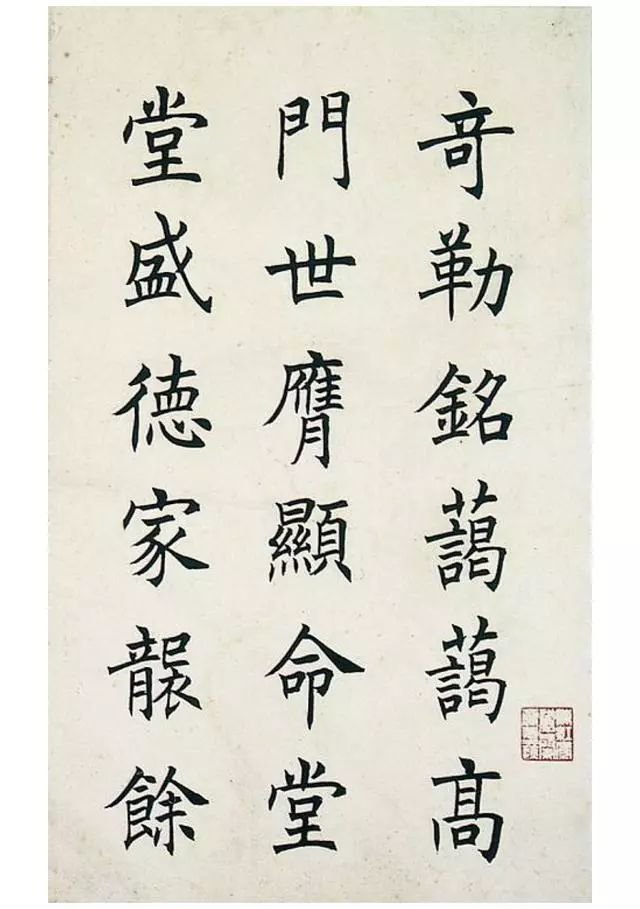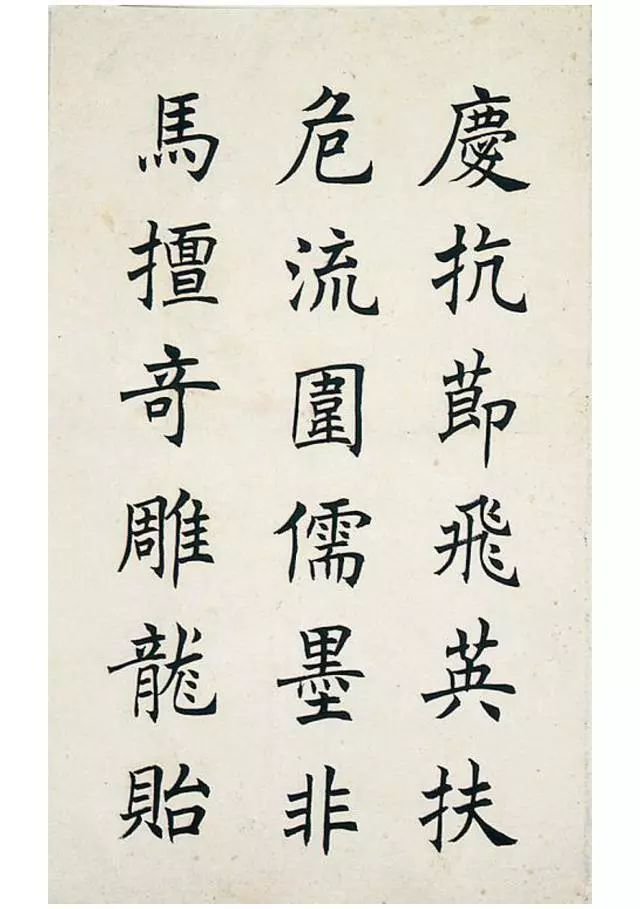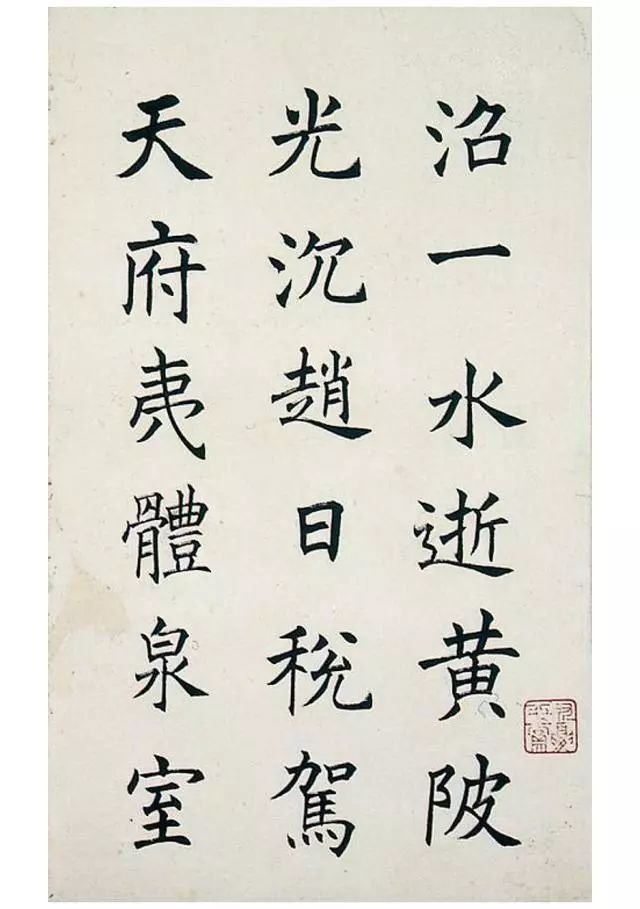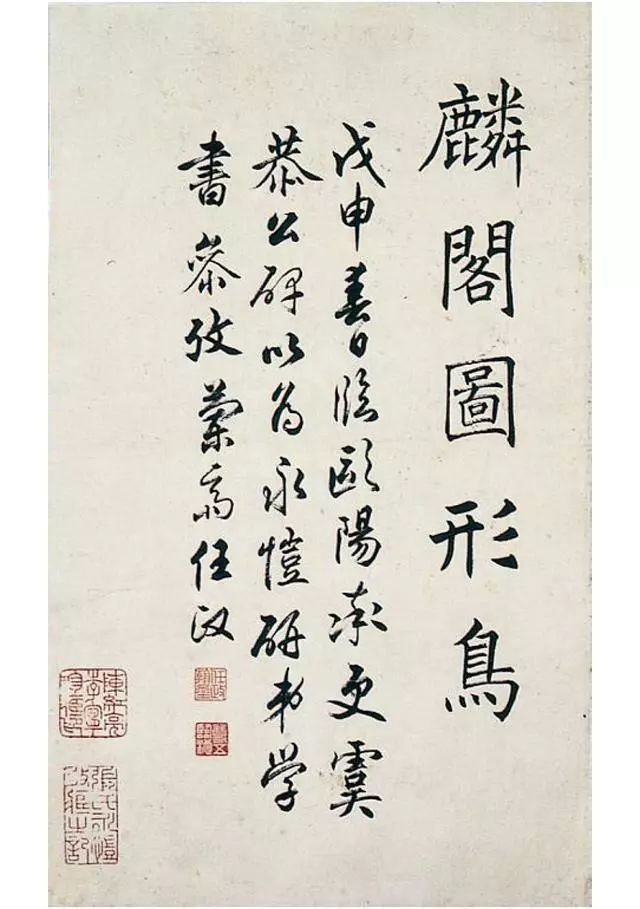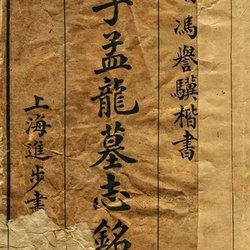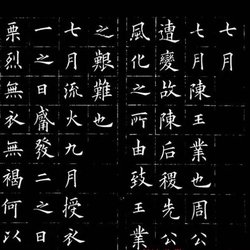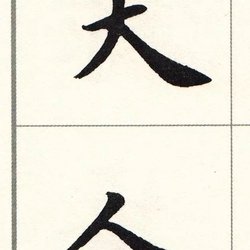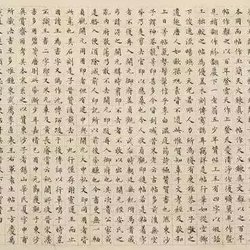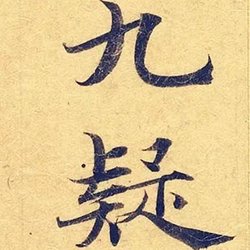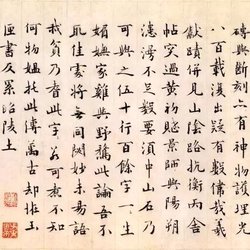Ren Zheng (1916-1999), courtesy name Lanzhai, was born in Huangyan, Zhejiang. When he was young, his great-uncle named Xiaolian Renxinyin Gong studied poetry and prose intensively in the late Qing Dynasty. He studied in Qingxiang family and had a long history. He loved calligraphy all his life and worked tirelessly for more than sixty years. His profound skills are rarely matched by others. Good at identification, rich in collections, good at using pens, good at all kinds of body, wind and spirit, old and healthy muscles and bones. In the early Tang Dynasty, the two kings of the Xingcao sect of regular calligraphy studied separately in the Han Dynasty. On the basis of inheriting the excellent tradition, they innovated and created their own style. It is strong and straight, neat and beautiful, and is deeply appreciated by calligraphy enthusiasts at home and abroad.
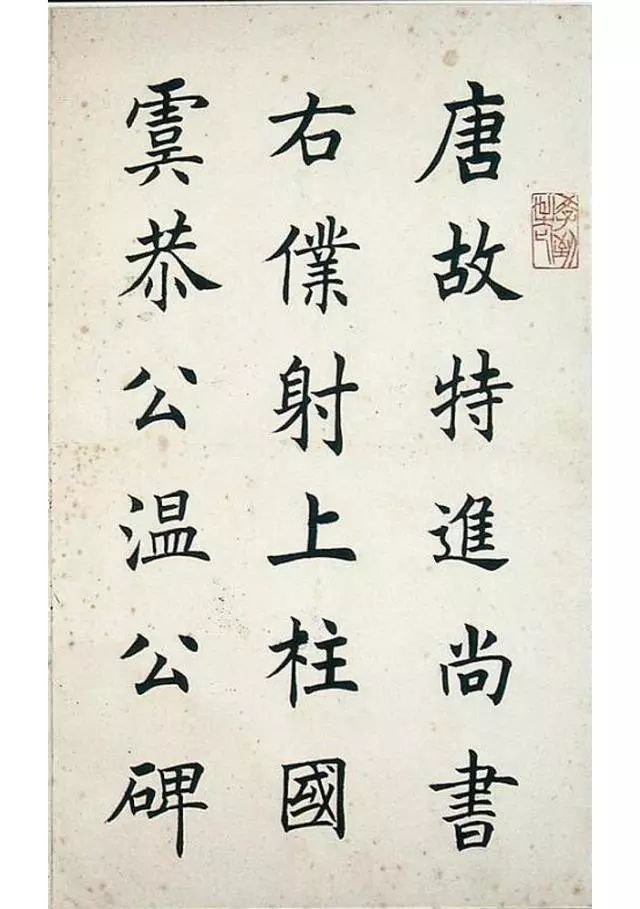
Mr. Ren Zheng's exquisite calligraphy benefits from his painstaking research and study of traditional classics. He was introduced by Yang Zhenhua, the owner of the pen store, and met Shen Yinmo, who often came forward to ask for advice. He also made friends with many well-known senior calligraphers and painters and colleagues. Among them, the famous inscriptionist Tang Xitao had a profound influence on him. In Tang Mansion, he read thousands of books, which greatly broadened his horizons. He once said: "When I read those posts, I was like a child, facing the seaside shells shining with strange colors, filled with surprise and joy, and couldn't put it down. Especially under his careful guidance, I gained the ability to identify the authenticity of the inscriptions. Invaluable knowledge of the pros and cons of fakes.”
In addition to carefully studying Tang Xitao's collection of calligraphy, Ren Zheng also made a large number of copies. At that time, air raid sirens often sounded, but in order to gain time, he ignored them several times and still immersed himself in them calmly. Tang Xitao stored some of the collection of calligraphy in Ren Zheng's home, which made it easier for him to study and copy. Ren Zheng loved the inscriptions more than his life. I remember that there was a large standing cabinet in his living room. This kind of large cabinet is usually used to store clothes and quilts. But in this large cabinet that has been locked for many years, there are various versions of inscriptions stacked on top of each other. It is precisely because of the study of traditional inscriptions that he was able to find a correct way to learn calligraphy in the vast jungle of inscriptions by eliminating the rough and selecting the essence, discarding the false and retaining the true.
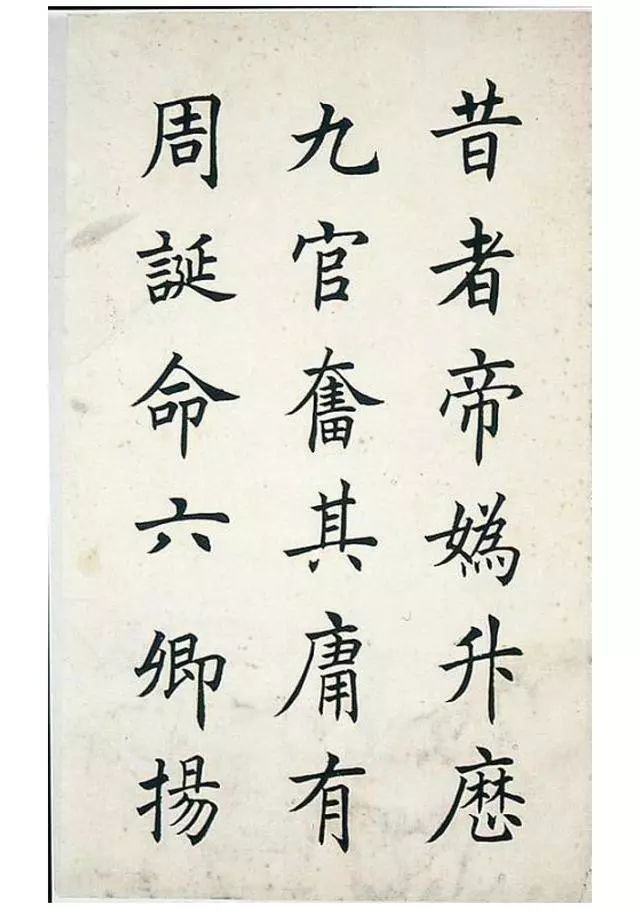
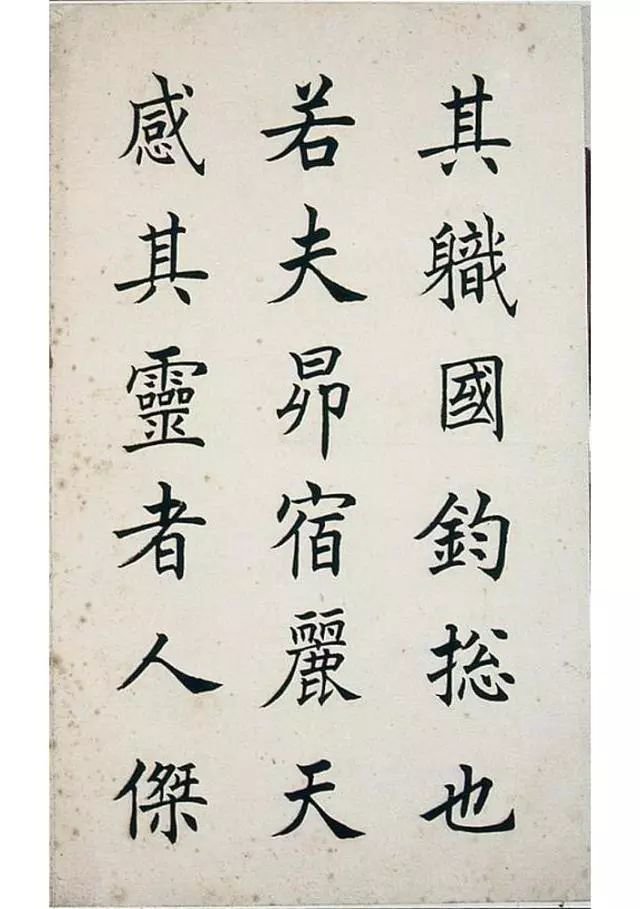
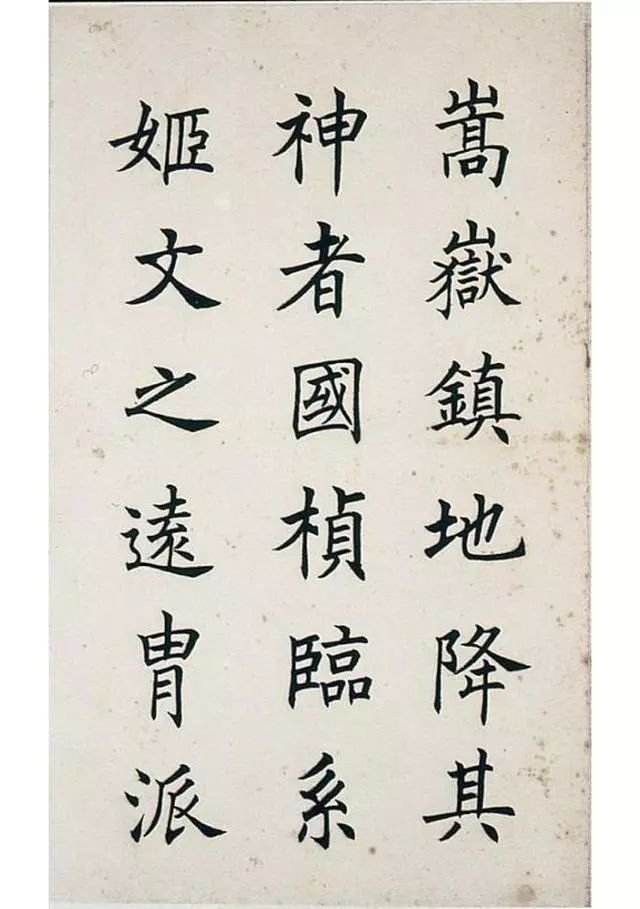
Mr. Ren Zheng's calligraphy is so perfect, thanks to "taking the method from the top", adopting the methods of bees collecting nectar and earthworms, and taking the road of "expertise, knowledge and creation", so he can connect up and down, find sources from both sides, and finally form his own style . Ren Zheng was proficient in all kinds of calligraphy styles, especially the Erwang system and the regular script of the early Tang Dynasty as the core calligraphy styles. They are elegant but not lacking in elegance, and they are strong but not forgetting to be unrestrained.
His calligraphy is not deceptive, kitsch, naughty, or pretentious. It is honest and unhurried. No stroke or stroke is pretending to be astonishing. However, it is flowing, profound, meaningful, elegant and popular, and is consistent with that era. The style of calligraphy advocated by Shen Yinmo, Pan Boying, Bai Jiao, Ma Gongyu, etc. comes from the same origin.
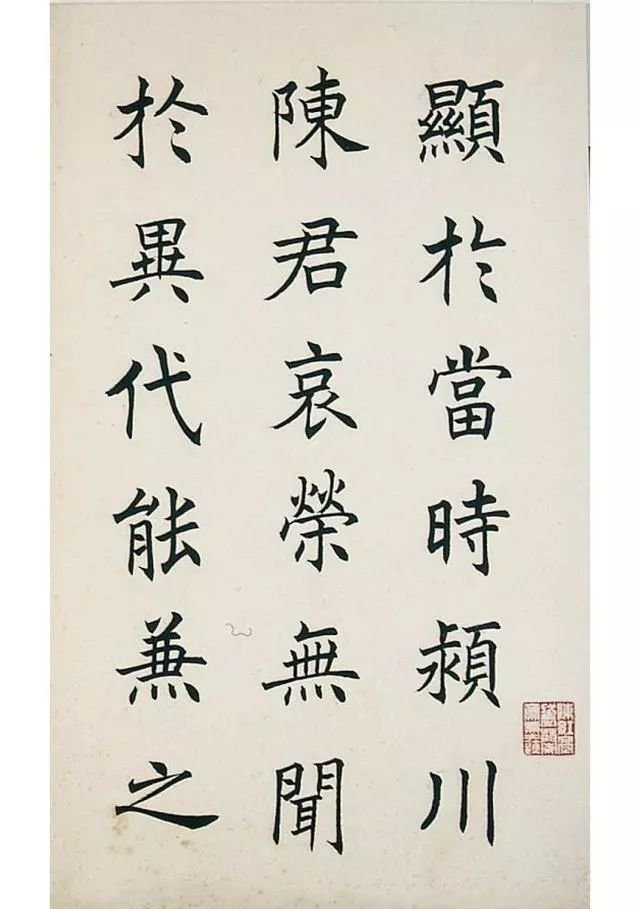
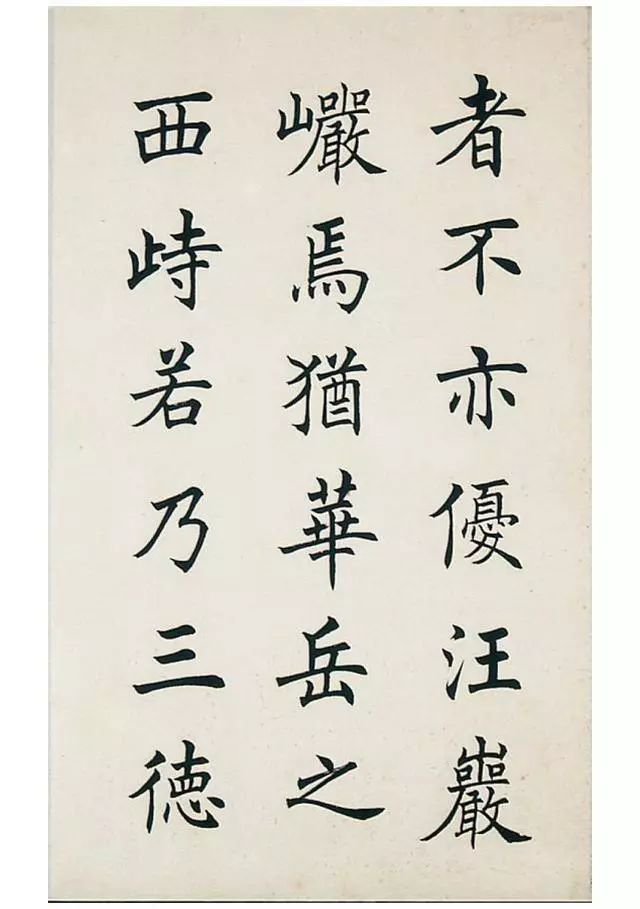
In addition to a large number of calligraphy creations, Ren Zheng also wrote and compiled more than ten monographs and copybooks to popularize calligraphy techniques, such as "Basic Knowledge of Regular Script", "Youth Calligraphy", "Model Copybook of Chinese Regular Script", "Ren Zheng's Executive Script Copybook", "Ren Zheng's Regular Script" "Copybook" and so on, and hundreds of thousands of copies were printed. These works are a lifetime of research results and learning experiences, which have greatly inspired calligraphy scholars and left precious wealth for calligraphy theory and calligraphy education. Mr. Shen Yinmo once wrote an inscription on the "Guide to Official Calligraphy" when he was in office: "There has always been no popular textbook for learning official script, and it is often difficult for beginners to get started. This work by Ren Jun can make up for this shortcoming. Those who are good at reading can open up the tunnel and realize the wonderful state. God makes it clear, and it exists in people, this is what it means."
